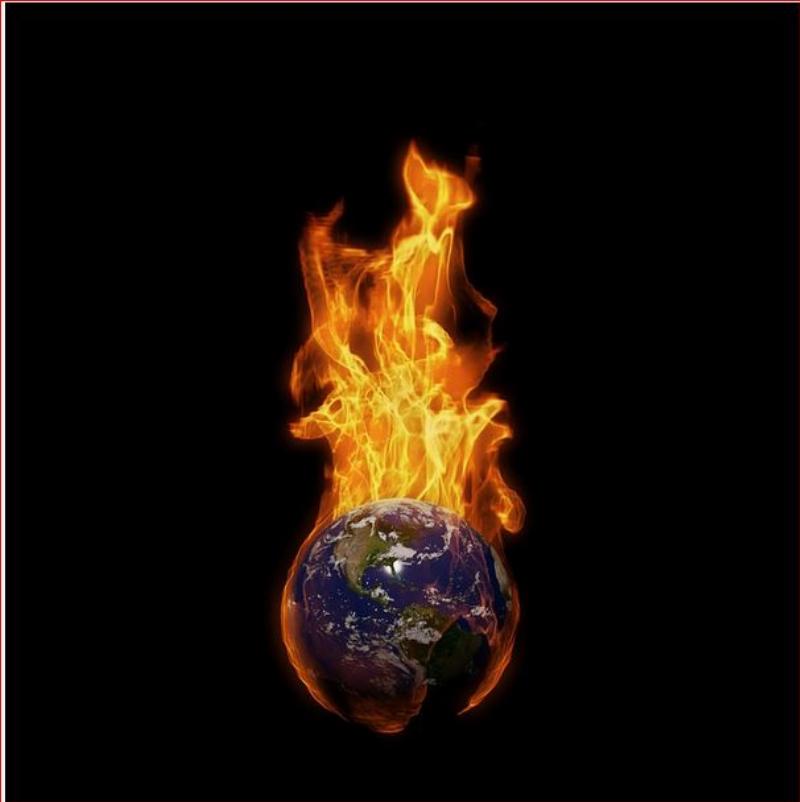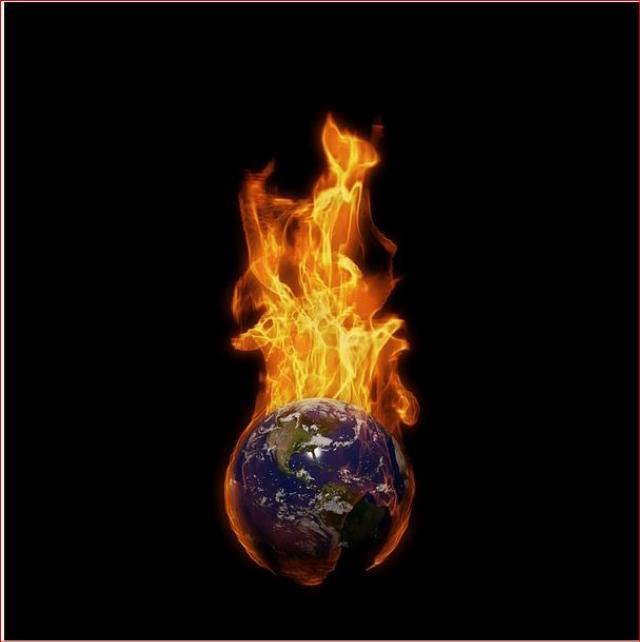


As recent polls show fewer Americans are very worried about climate change, climate propagandists continue to engage in fearmongering and climate alarmism. This time they are targeting residents of the Great Lakes region, where the Milwaukee Journal Sentinel (MJS) posted an article claiming that a new climate change report by the Environmental Law and Policy Center (ELPC) “brings grim news.”
The writer proceeds to list all the ways climate change is allegedly destroying the Great Lakes, starting with this comment displaying a baffling lack of self-awareness: “Despite the discouraging tendency these days to see everything through a political prism, the science itself is incontestable and apolitical: Climate change is caused by human activity, primarily the use of fossil fuels, like coal, oil and gas.”
It most certainly is not apolitical. The ELPC itself is hardly apolitical. It is, oddly enough, a Midwest-based organization known for being anti-nuclear energy and promoting things like “grid equity and energy justice,” whatever that means. The ELPC released the same type of report in 2019, predicting doom and gloom for corn and soybeans by mid-century (ignoring the fact that the primary driver in the change of area planted for those crops is government incentives having to do with fuel). Just a few years later, as an ironic example, in 2021-22, Wisconsin corn yields hit all-time highs two years in a row.
Regardless, it would take forever to address each of the claims made in detail. That’s why it is much easier to spread lies than facts, but I will pick a few of the most egregious from the MJS piece.
As luck would have it, I recently worked on a climate analysis for the state of Wisconsin, so a lot of this is fresh in my mind.
Right off the bat, the MJS writer claims that “many” people consider the Great Lakes region a “climate haven.” Having grown up in Lake County, Illinois, and the organization I work for being in the same region, I have never once heard anyone call the Midwest a “climate haven.” There is a reason so many people leave Illinois and move to Florida. The climate haven thing is popping up a lot lately, especially since the awful floods from Hurricane Helene in North Carolina and Tennessee last year. The truth is, there is no such thing as a climate haven. There is no such thing as a weather haven, and there never will be. Anyone saying otherwise is lying to you, or trying to sell you something, probably both.
The MJS claims that average temperatures have increased over time in the Midwest, which is true with some caveats, the greatest of which is that the warming trend is mostly driven by a decline in the number of “very cold” days -- or days with maximum temperatures of 0°F or lower. The next claim, that “dangerously hot days are happening more often,” is simply false. It is belied by data from the National Oceanic and Atmospheric Administration, whose summary of Wisconsin’s climate shows a decline in the number of days experiencing extreme heat since the early twentieth century. The same is true for Illinois, Michigan, Ohio, Indiana, and Iowa.
So, what is going on here?
Well, the MJS article sort of dances around it, in part admitting that hot days happen “especially in urban heat islands where surfaces like parking lots, sidewalks and streets absorb and hold onto heat.”
Daytime highs are not most influenced by the Urban Heat Island Effect. Rather, it is nighttime lows. When the sun sets, hard surfaces like asphalt slowly release the heat they absorbed during the day. Higher nighttime lows drive much of the warming recorded in the Midwest, as shown by available data and demonstrated by research that shows significant connections between population growth and warming.
The MJS goes on to admit that the report shows nights are warmer, but then says “another alarming trend given extreme nighttime heat can actually be deadlier than daytime heat.”
Extreme nighttime heat might be deadlier than daytime heat, but it isn’t deadlier than extreme cold, and extreme nighttime heat is not what is driving warming. It’s less extreme cold that saves lives.
The funniest part of the reporting is when the report authors say that climate change is leading to “greater fluctuations in lake levels” but overall, levels are rising. If you paid any attention to the breathless reporting of climate alarmists as recently as 2013, they were shouting from the rooftops that the Great Lakes were going to gradually lose water from climate change. How did they figure? Computer modeling, of course.
Now, they excuse how wrong scientists were by claiming that water levels are swinging unnaturally. But it is a pale excuse, as data show water levels in the Great Lakes have always varied widely throughout our limited record.
Once again, alarmists are spinning themselves into a tizzy based on computer model projections. Climate change is natural, and residents of the midwestern states should not lose any sleep over it.
Linnea Lueken (llueken@heartland.org, X: @LinneaLueken) is a research fellow with the Arthur B. Robinson Center on Climate and Environmental Policy at The Heartland Institute.

Image: Pixabay
